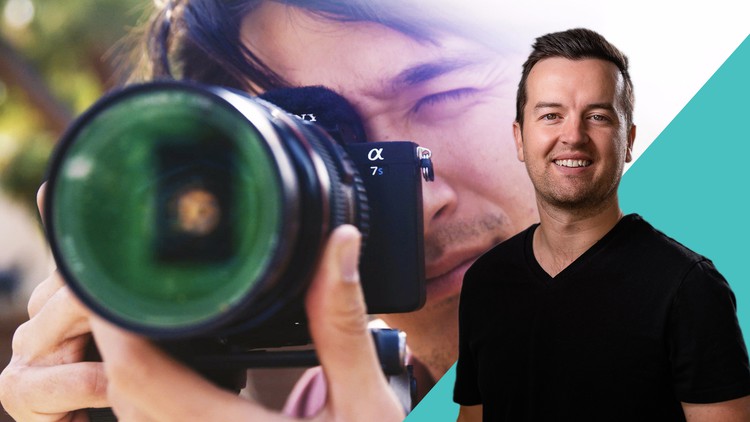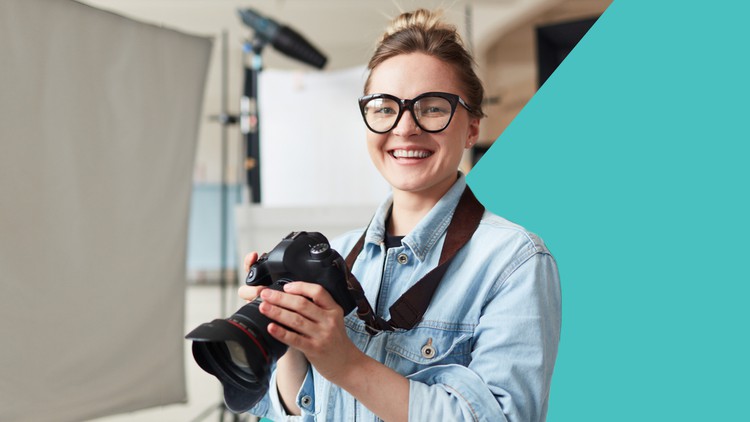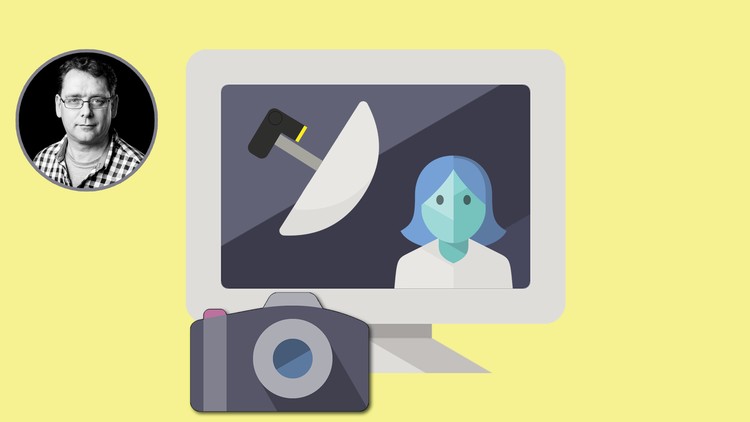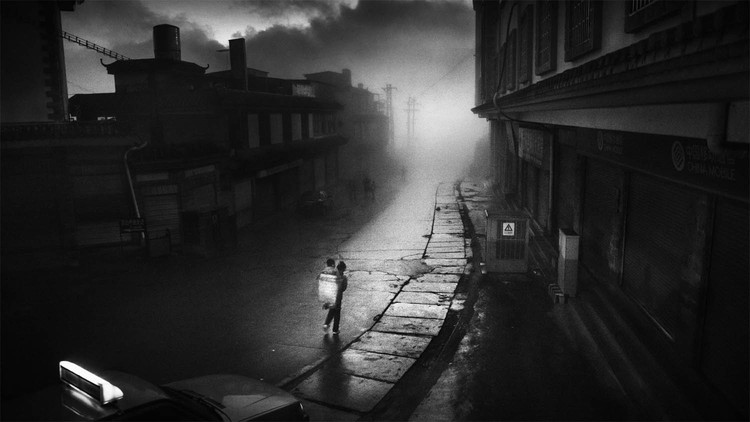Video Production Bootcamp: Videography, Cinematography+

This online video production course will teach you how to make amazing videos, whether you use a smartphone, webcam, DSLR, mirrorless, or professional camera.
Whether you’re a YouTuber, blogger, vlogger, business owner, aspiring filmmaker, or just someone who wants to create videos, you will learn how to make professional videos with this course.
Master Video Production Techniques to Create Amazing Videos that Boost Your Views, Revenue and Drive Traffic To Your Business
While there are plenty of tutorials and courses that focus on specific cameras or styles, it’s hard to find a comprehensive course like this one, which covers everything from coming up with great video ideas, executing them in production and post-production, and distributing them to a wide audience online.
VIDEO COURSE BONUSES:
-
Direct feedback from instructors on any of your video projects
-
Downloadable guides that will help you in every section of the course
-
Case studies that break down real world film projects
This video course is designed for all levels of video makers who want to improve their skills, create stellar videos, and even make money with their videos.
Key things you will learn:
-
Learn the entire video creation / videography / filmmaking process
-
Come up with great video topics that people will love watching and sharing
-
Master shooting your video in manual mode on a DSLR, mirrorless, or professional cinema camera
-
Expose and compose better shots that tell your story
-
Shoot amazing videos with smartphones, webcams, or even screencasts
-
Aerial videography with DJI drones
-
Light your videos with professional techniques, on a small budget
-
Record crisp and clean audio with different microphones in any environment
-
Edit videos to make them more engaging
-
Know what equipment to purchase to create great videos
-
Export the best quality videos for online viewing
-
Get more views, likes, and shares on social media
-
Grow a YouTube channel that ultimately brings in revenue
Make Professional Videos on Any Budget
Regardless of what your level of experience is or what type of camera you use, this in-depth course is designed to provide you with everything you need to take your video production skills to the next level.
Unlike other video / filmmaking courses or tutorials that are more limited in scope, this complete course teaches you the entire process.
Video Production Course Contents and Overview
This video / videography course starts from the beginning, which is about coming up with great video ideas. You’ll learn what makes a video great, and how to come up with video topics for your target audience. You’ll walk through the pre-production process to ensure a smooth video shoot.
Before diving into how to shoot videos, we’ll cover our recommended equipment. We share our favorite equipment for any budget – including cameras, audio gear, lighting kits, and editing applications.
You’ll learn cinematography basics such as how to expose your video, how to compose great shots, how to film yourself, how to get great focus, and how to stabilize your shots. We cover how to do this for DSLR, mirrorless, smartphone, and webcam cameras. We even have a section on aerial drone videography!
You’ll learn how to record great audio. First, we cover the different types of microphones, and how to choose the right microphone for your video project. Then you learn how to use the different types of microphones. Plus, you’ll learn how to record audio in any environment, including getting rid of echo.
Lighting is one of the most important parts of video production, whether you’re using a smartphone, webcam, or DSLR or mirrorless camera. You’ll learn how to use free and inexpensive lighting techniques, and how to set up a lighting kit like the pros using the three-point lighting system.
Once you understand everything about shooting your video, you’ll learn how to use editing to make your videos even better and more engaging. You’ll learn how to find free music for your videos, how to design better titles, and how to use calls to action to increase engagement and conversion.
After all this, you’ll learn how to better share your videos with the world. Learn how to choose the right platform for your video content. Get more views, likes, and shares with our tips for sharing on social media. And learn how to grow a YouTube channel with our best practices.
If you want to make better videos, this is the video production course for you.
Remember, there is a 30-day 100% money-back guarantee. There is no reason to hesitate. Enroll now, see if you enjoy the course, and start making better videos today!
Cheers,
Phil, Will, and Sam






